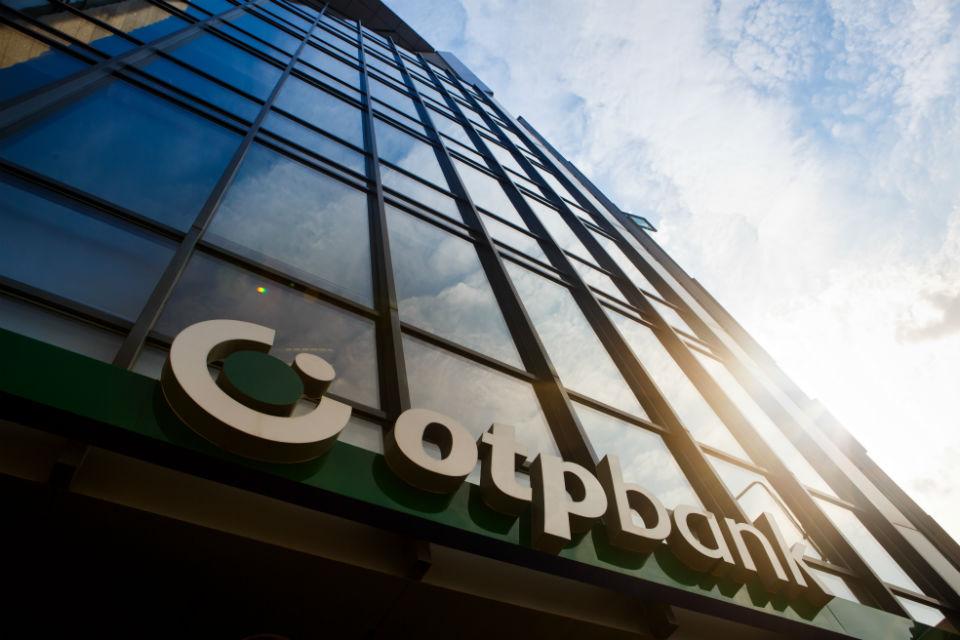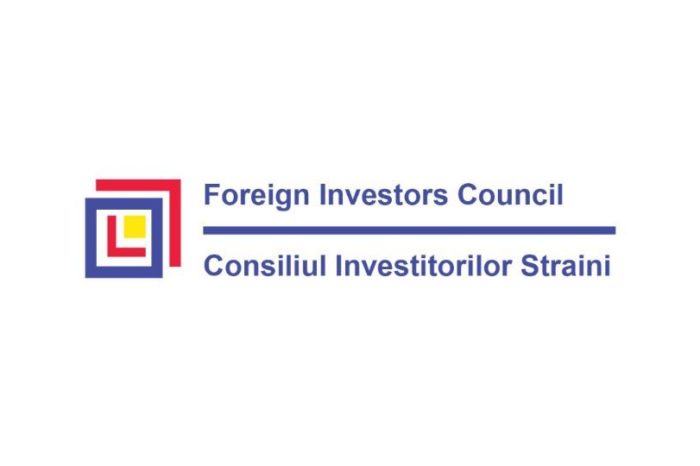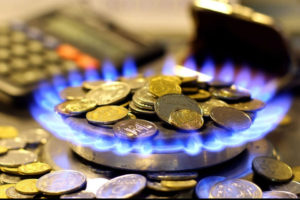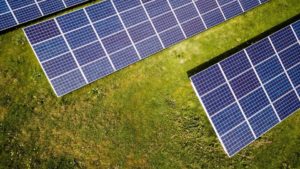OTP Bank Romania analysts: Slowing growth and deteriorating inflation outlook. The twin deficit problem persists

According to OTP Bank analysts, the economic recovery is slowing down and the GDP growth is visibly affected by high inflation, stagnating real wages, slowing global growth and the effects of the Russia – Ukraine conflict. However, it seems that the strong Q1 results will be enough to reach an annual GDP estimated growth of 4 percent, even if the performance in the later quarters will weaken.
Considering the economic recovery performance, the first semester results have been a great surprise, as the market has expected a correction in GDP growth in the first three months, compared to the stagnation in the second part of 2021.
Going further into sectorial analysis, the market service and trade sectors are the ones responsible for the surprise, with a great strengthening of activities in the first sector, which could be related to increased service consumption, once the pandemic has practically passed.
“In regional context, the comparison suggests a more optimistic, average growth performance for Romania. Although, for next year the prediction is more pessimistic, with a lower expected result. All areas are affected for now, considering inflation, trade, real income, interest rates, or fiscal consolidation, which at the moment has stopped. It will pick up later on, just as the increasing interest rate environment will start to bind, and economic growth could be below 3 percent in 2023. On the positive side Romania is expected to receive funds from the EU ~3.5 percent of GDP annually on the forecast horizon”, said OTP Bank analysts.
So far, inflation continued on its sharp upward path, reaching 13.8 percent by April and 14.5 percent in May. The April data was a huge upside surprise compared to the consensus of 11-11.5 percent, and this was mostly due to the 26 percent MoM increase in household energy prices, which was caused by the narrower new energy prices cap. As it follows, May inflation was broadly in line with the consensus, MoM dynamics have weakened slightly, suggesting that inflation could soon reach its peak.
“In our baseline inflation could peak in June slightly below 15 percent, but the decline will be slow afterwards, and we should prepare ourselves not to expect single digit rates until next March. The driving force from energy and food now moves to core inflation, where high unit labour costs cause problems. Additionally, we assume another household energy price increase next April, when the current cap expires”. To mitigate the situation, the central bank continues it monetary policies and has stepped up the base rate hike to 75 bps in May. At the current key rate level of 3,75 percent, it is still very much lagging behind inflation developments and the risk premium on Romanian assets, and it is very likely to be increased to 7.0 percent by the end of the year, while market pricing suggests -8-9 percent.
In the larger macroeconomic picture, employment had gradually recovered after the covid crisis and in the last months company employment kept increasing, although unemployment shows mixed trends. Nominal wages grew around 11 percent in March-April, which is a significant pick-up from last year, nevertheless, real wages barely grew even with the last few months pick-up in nominal wages.
This has immediate effects in the whole economy, and it takes a toll on every aspect, starting from loan demand to fiscal consolidation. For example, data shows net loan origination in April slowed but remained at high levels with NFC-s and mortgage loans in historical comparison.
Also, the current account has been affected negatively by the rise in energy prices, as Romania is a net energy importer, even though in net terms to a much smaller extent than neighbouring countries. “Romania is under an Excessive Deficit Procedure (EDP) and the government plans to reduce budget spending by 10 percent, except investment, wage and social expenditures as of July 1, although it is not clear how those objectives would be accomplished”
Given the temporary stop in fiscal consolidation and high energy prices, the current account deficit could rise further this year, which could start moderating once fiscal consolidation proceeds and energy prices start to normalize. “Overall, we think fiscal consolidation will visibly resume only by 2023, when energy prices could probably moderate and Romania will likely need to adapt to EU rules under EDP”.















